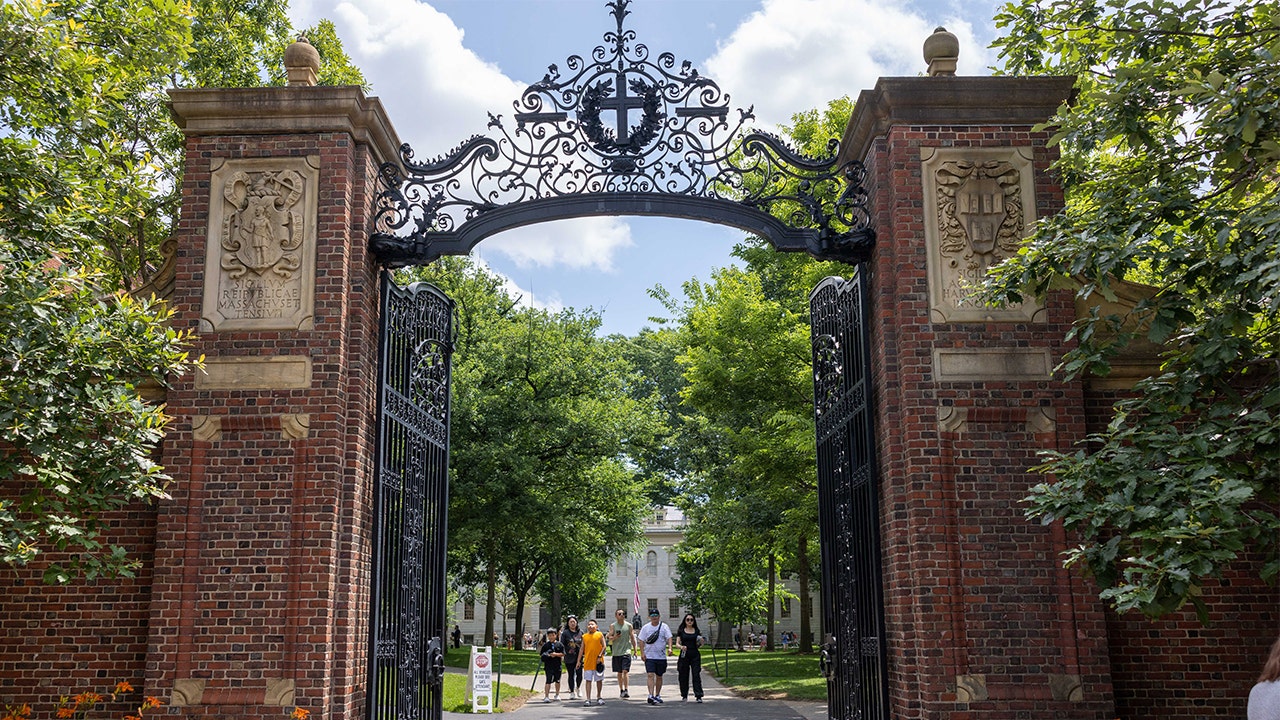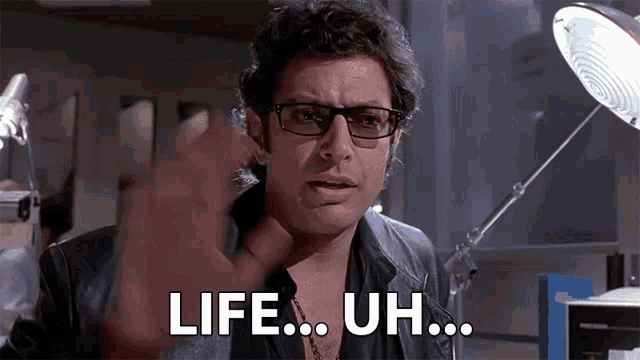Vermont Utility Plans to End Outages by Giving Customers Batteries
Green Mountain Power is asking state regulators to let it buy batteries it will install at customers’ homes, saying doing so will be cheaper than putting up more power lines.Many electric utilities are putting up lots of new power lines as they rely more on renewable energy and try to make grids more resilient in bad weather. But a Vermont utility is proposing a very different approach: It wants to install batteries at most homes to make sure its customers never go without electricity.
The company, Green Mountain Power, proposed buying batteries, burying power lines and strengthening overhead cables in a filing with state regulators on Monday. It said its plan would be cheaper than building a lot of new lines and power plants.
The plan is a big departure from how U.S. utilities normally do business. Most of them make money by building and operating power lines that deliver electricity from natural gas power plants or wind and solar farms to homes and businesses. Green Mountain — a relatively small utility serving 270,000 homes and businesses — would still use that infrastructure but build less of it by investing in television-size batteries that homeowners usually buy on their own.
“Call us the un-utility,” Mari McClure, Green Mountain’s chief executive, said in an interview before the company’s filing. “We’re completely flipping the model, decentralizing it.”
Like many places, Vermont has been hit hard this year by extreme weather linked to climate change. Half a dozen severe storms, including major floods in July, have caused power outages and damaged homes and other buildings.
Those calamities and concerns about the rising cost of electricity helped shape Green Mountain’s proposal, Ms. McClure said. As the company ran the numbers, it realized that paying recovery costs and building more power lines to improve its system would cost a lot more and take a lot longer than equipping homes with batteries.
Green Mountain’s plan builds on a program it has run since 2015 to lease Tesla home batteries to customers. Its filing asks the Vermont Public Utility Commission to authorize it to initially spend $280 million to strengthen its grid and buy batteries, which will come from various manufacturers.
The company expects to invest an estimated $1.5 billion over the next seven years — money that it would recoup through electricity rates. The utility said the investment was justified by the growing sum it had to spend on storm recovery and to trim and remove trees around its power lines.
The utility said it would continue offering battery leases to customers who want them sooner. It will take until 2030 for the company to install batteries at most homes under its new plan if regulators approve it. Green Mountain says its goal to do away with power outages will be realized by that year, meaning customers would always have enough electricity to use lights, refrigerators and other essentials.
“We don’t want the power to be off for our customers ever,” Ms. McClure said. “People’s lives are on the line. That is ultimately at the heart of why we’re doing what we’re trying to do.”
Green Mountain would control the batteries, allowing it to program them to soak up energy when wind turbines and solar panels were producing a lot of it. Then, when demand peaked on a hot summer day, say, the batteries could release electricity.
Under the proposal, the company would initially focus on delivering batteries to its most vulnerable customers, putting some power lines underground and installing stronger cables to prevent falling trees from causing outages.
Hurricanes, winter storms and wildfires have highlighted the growing vulnerability of electric grids in recent years. To many people they have also reinforced the importance of quickly shifting away from fossil fuels, the primary cause of climate change.
Utilities are spending tens of billions of dollars on strengthening grids and switching to cleaner forms of energy, often with the help of federal and state incentives.
But critics of the industry say utilities are not being particularly innovative in investing in their systems. Utilities are spending a lot on new long-distance power lines that can take years or even decades to build because of environmental reviews and local opposition.
A May report by the Brattle Group, a research firm based in Boston, concluded that utilities could save up to $35 billion a year if they invested in smaller-scale energy projects like home batteries and rooftop solar panels that can be built more easily and quickly.
Green Mountain’s proposal seems to recognize that reality, said Leah Stokes, an associate professor of environmental politics at the University of California, Santa Barbara. “It really is the model, especially if you’re worried about power outages,” she said. “It really could become the example for the rest of the country.”
Ms. McClure said the high cost of large-scale power projects threatened to raise electricity rates so much that many customers might struggle to pay for energy.
Electricity customers in New England pay about $270 a month, on average, for a home that uses 1,000 kilowatt-hours of electricity, compared with the national average of about $160, according to the Energy Information Administration. That’s the third-highest rate in the country, behind Hawaii and California. Vermont’s rates are the lowest in New England but still about 29 percent above the national average.
Electricity rates nationwide increased about 25 percent in the last five years and are expected to continue to rise sharply as utilities seek to strengthen the grid and build new renewable energy projects.
Emily Fisher, executive vice president for clean energy and general counsel at the Edison Electric Institute, a utility trade organization, said Green Mountain’s proposal aligns with discussions throughout the industry about ways to respond to climate change and the results of extreme weather.
“I think it’s innovative,” Ms. Fisher said. “I don’t see it as a change in the business model but a way to harness the business model. You’re going to have to show that it has systemwide benefit.”
Power outages cost utilities in the United States about $150 billion a year, according to analysts at Sprott, an investment firm. And modernizing U.S. electric grids could cost “well into the trillions of dollars,” according to Sprott’s estimates.
In addition to the roughly $20 million to $25 million that Green Mountain spends each year on managing trees and other vegetation around its power lines, the utility said, it spent about $55 million on storm recovery this year. It spent an average of less than $10 million a year after storms between 2015 and 2022.
Those kinds of storm recovery costs can increase rates by as much as 7 percent over time because the utility is allowed to recoup that spending from ratepayers.
“If you are leading a utility anywhere in the country you have to get on a path to stop the madness, relative to rates,” Ms. McClure said.







